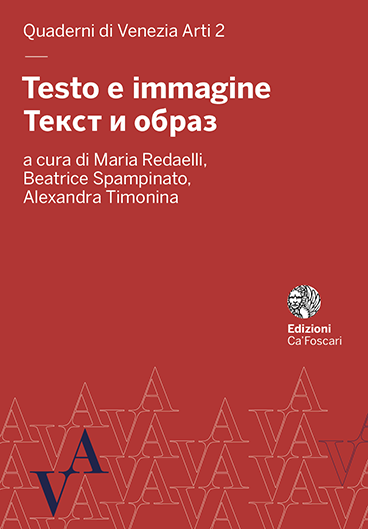Collana |
Quaderni di Venezia Arti
Monografia | Testo e immagine. Un dialogo dall’antichità al contemporaneo
Capitolo | Идентичность иранцев в архитектуре X-XII вв
Идентичность иранцев в архитектуре X-XII вв
Abstract
The political environment in Khurasan with the arrival of the Samanid dynasty contributed to an increase in the national identity of Iranians on the one hand and mutual enrichment of cultures in the cosmopolitan climate on the other. The formation of style in the architecture is associated with the visual-spatial memory of Iranians themselves in a direction determined by Muslim religion. Hardly had the Iranian artists appealed to their traditional forms when they transformed them in according to the new Islamic discourse. The study also revealed that there is some evidence to suggest that Iranian art in the first centuries of Islam had its independent development course based on the flexibility of culture and awareness of its own identity.
Presentato: 01 Ottobre 2019 | Pubblicato 28 Novembre 2019 | Lingua: ru
Keywords Narrative Identity • Iranian architecture • Identity of Iranians • The Samanids • Seljuk architecture
Copyright © 2019 Anna Kholomeeva. This is an open-access work distributed under the terms of the Creative Commons Attribution License (CC BY). The use, distribution or reproduction is permitted, provided that the original author(s) and the copyright owner(s) are credited and that the original publication is cited, in accordance with accepted academic practice. The license allows for commercial use. No use, distribution or reproduction is permitted which does not comply with these terms.
Permalink http://doi.org/10.30687/978-88-6969-362-5/009
